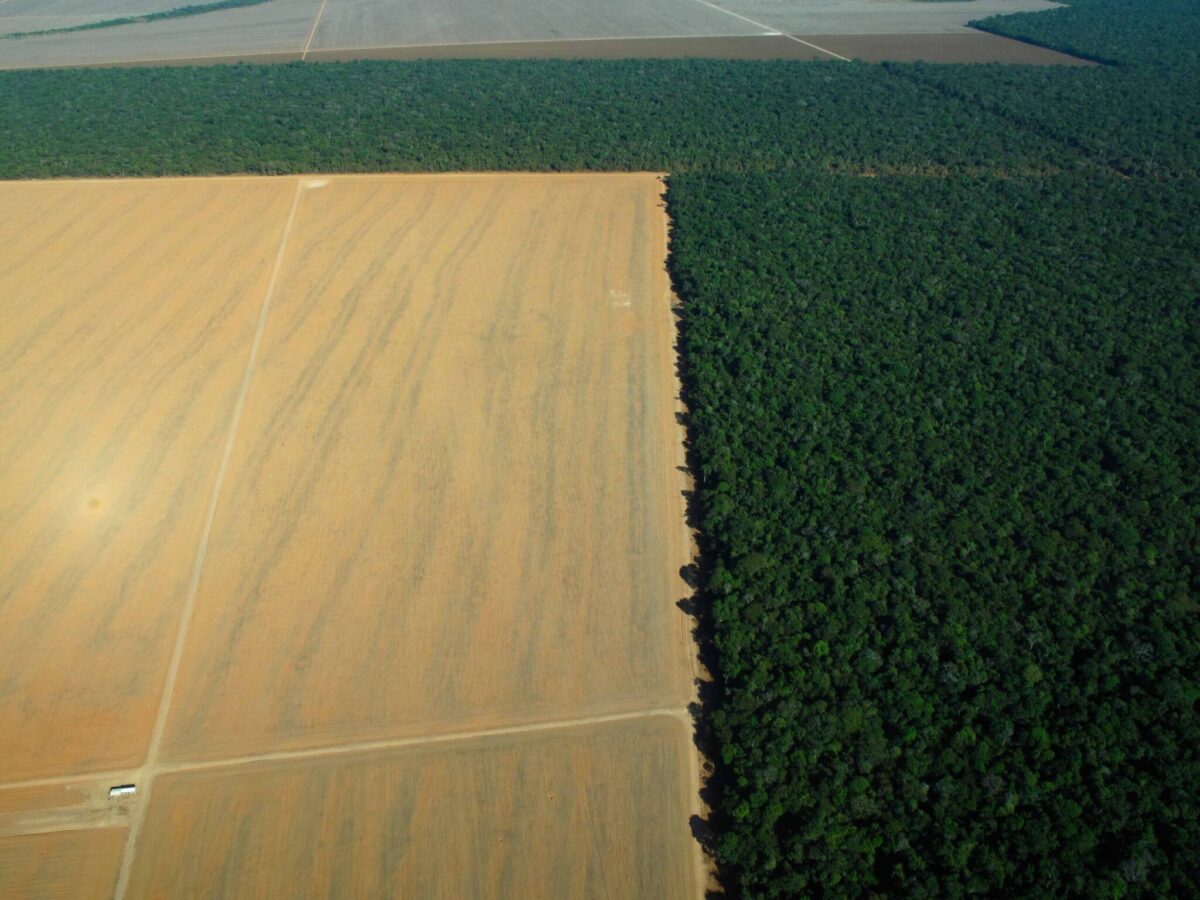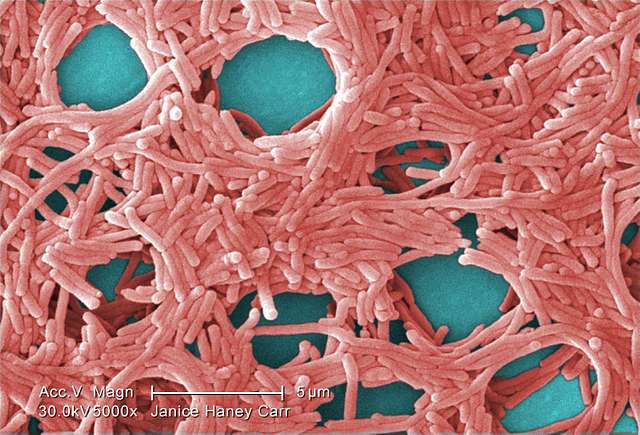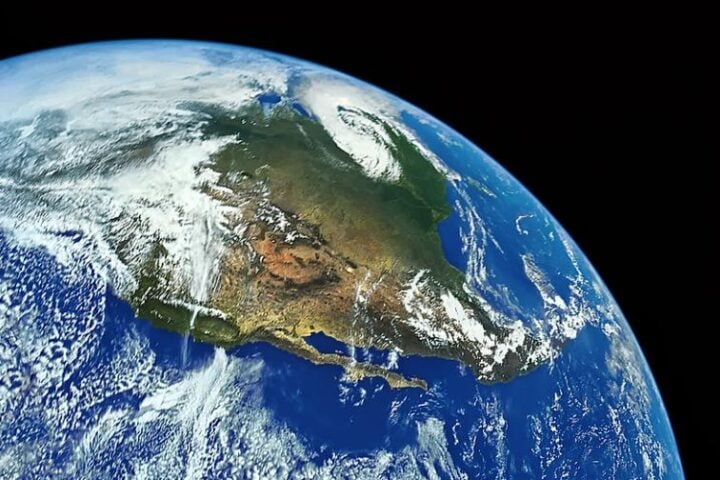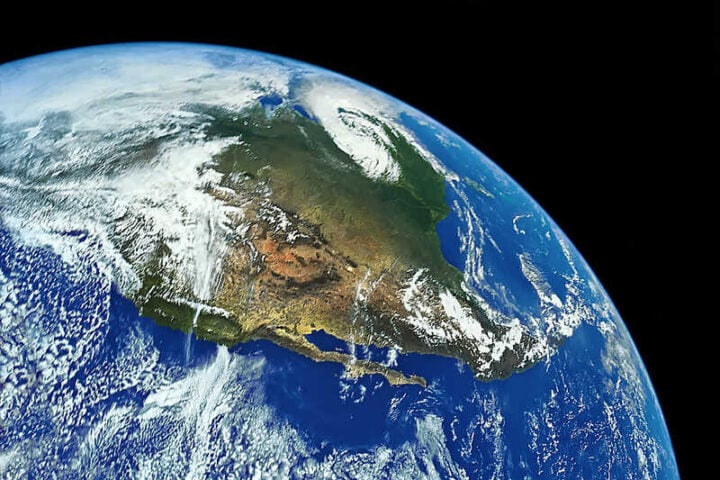Heatwaves have hit many parts of East Asia, along with Korea, China Japan and even some parts of Russia. Earlier in July the region was hit with simultaneous heat waves across Japan, Korea & even China. The heatwave is predicted to travel across the Chinese region from east to west. The heatwave have been lingering in many regions of Korea and Japan. Meanwhile China has been hit by heavy rains and heatwaves simultaneously.
According to reports, in China alone, the heat waves spread and also lasted long. In Korea, there were more than 4000 reported illnesses and 48 deaths. Heat Waves usually last for a shorter number of days. In a number of countries, the heatwaves lasted for more than a month. WMO As per Secretary-General Prof. Petteri Taalas. “Heatwaves will happen more frequently because of climate change. The connection has been clearly demonstrated by the Intergovernmental Panel on Climate Change.” Between 1958-2019, heat waves increased especially in North-western and East Asia due to maritime moisture sources. In India, there was a massive heatwave where there were a few deaths and health failures as well. Many were affected due to this. Temperature hit 45- 50 degrees which was more than normal.
According to a study conducted, the heatwaves have increased from 68% to 79% throughout East Asia. Apart from East Asia, North Asia is also facing heat waves due to lack of moisture. The dry heat waves have been occurring more frequently. In the future, the moist heat waves may last longer. By 2100, moist heat waves may spike to 81%. The amplitude may increase to 4.9K. This will result in a number of hotter days, more greenhouse gases released, heat going on for a prolonged period of time, etc. China is expected to receive deadly heat waves. A global demand to address the issue is growing. It is also suggested that North China will experience more heat waves as compared to other nations due to hyper -irrigation.















![Google satellite view of 1112 Stanley road in Augusta [Google Earth]](https://www.karmactive.com/wp-content/uploads/2025/04/Augusta-National-Spent-200M-on-270-Acres-but-One-338000-Home-Still-Stands-on-Stanley-Road-720x360.png)

